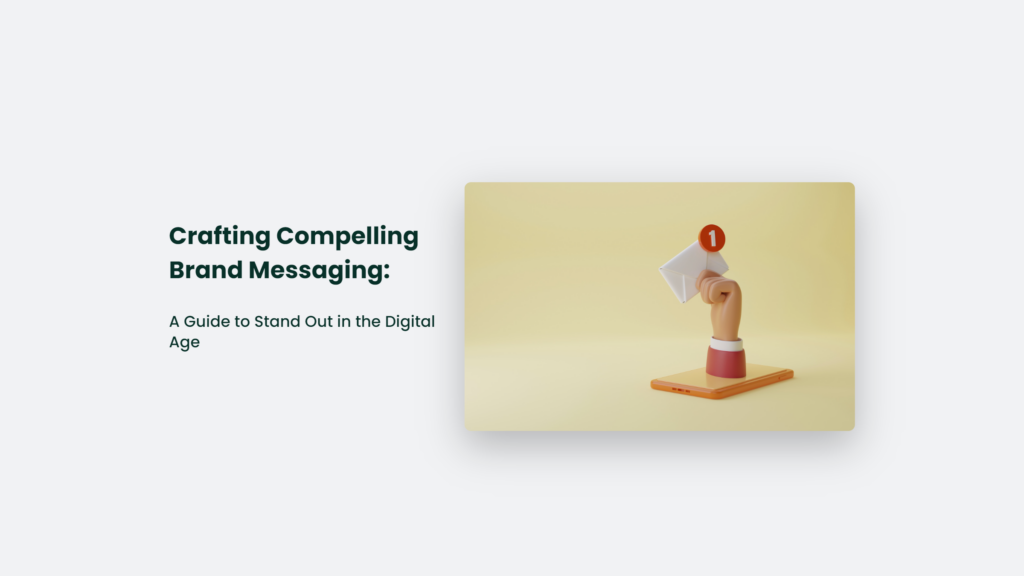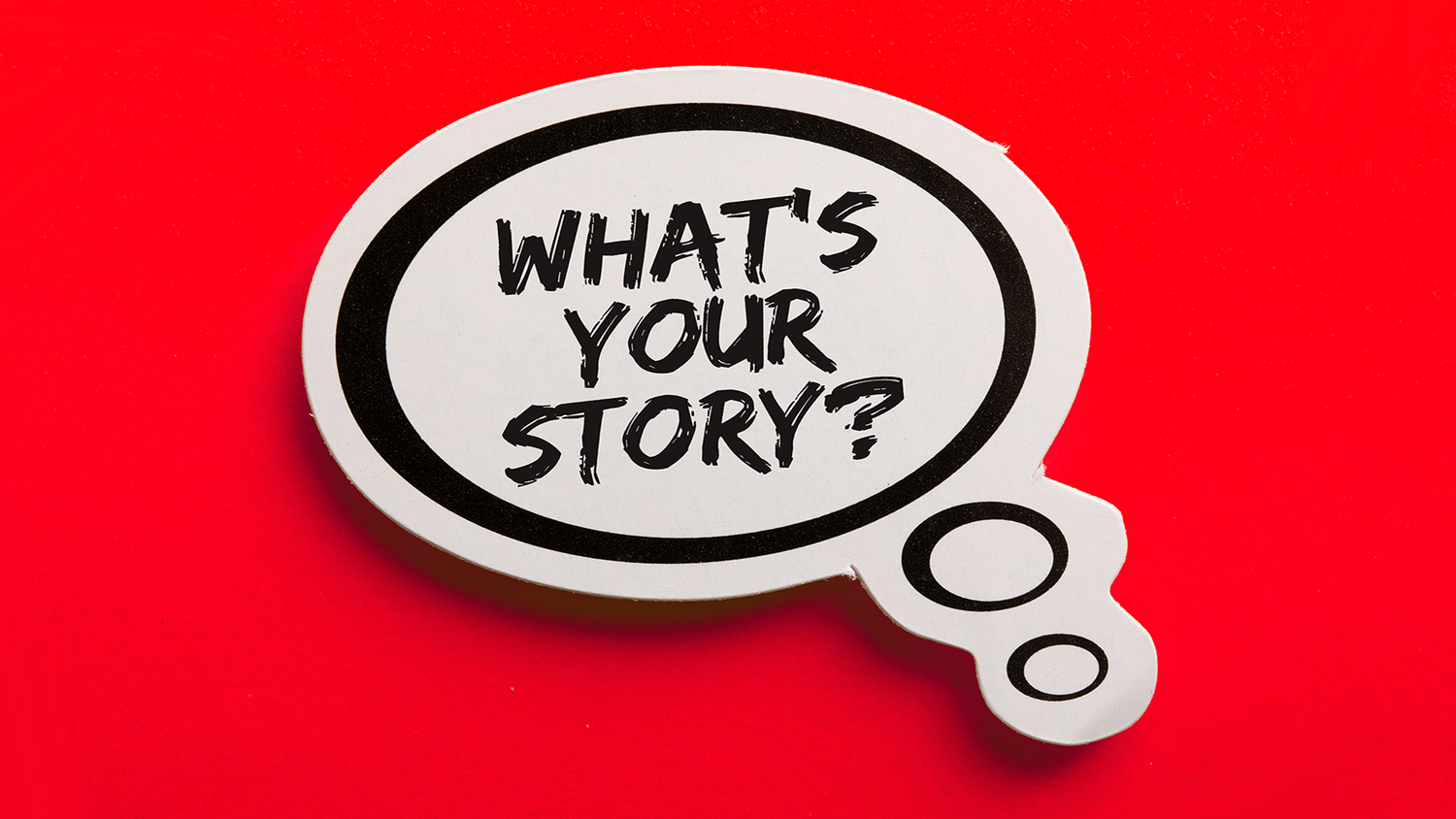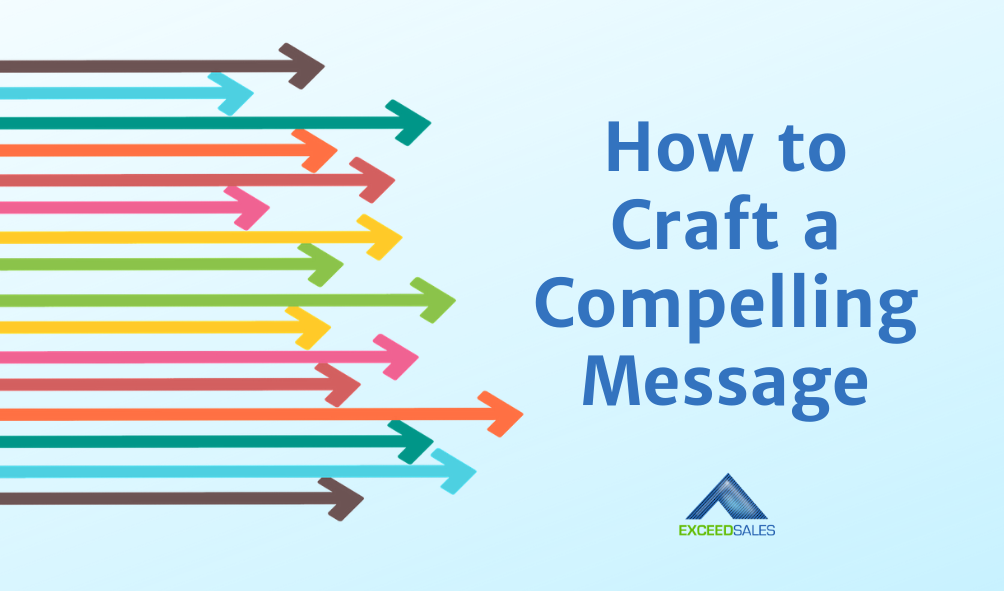Unlocking the Power of "Why": A Guide to Crafting Compelling Product & Service Messaging

You’ve got a great product or service. You believe in it. You know it can solve problems and improve lives. But how do you translate that passion into words that resonate with your ideal customer? How do you make them see the value, understand the benefits, and ultimately, choose your offering over the competition?
This is where the art of communication comes in. It’s not just about listing features, it’s about weaving a story that connects with your audience’s needs and desires. This guide will equip you with the tools and strategies to craft compelling messaging that resonates with your ideal customer and drives informed purchasing decisions.

Understanding Your Ideal Customer: The Foundation of Effective Messaging
Before you start crafting your message, you need to understand who you’re talking to. This involves defining your ideal customer, a detailed persona encompassing their demographics, psychographics, motivations, pain points, and aspirations.
1. Demographics:

- Age: Understanding the age range of your target audience helps tailor your language and communication style.
- Gender: While generalizations should be avoided, gender can influence preferences and purchase motivations.
- Location: Geographical location can influence cultural preferences, lifestyle, and buying habits.
- Income: This helps determine the price point your customers are willing to pay.
- Education: Education level can impact how your customer processes information and their expectations.



2. Psychographics:
- Values: What are your customers’ core values? What do they believe in?
- Lifestyle: What are their hobbies, interests, and daily routines?
- Personality: Are they introverted or extroverted? Practical or creative?
- Motivations: What drives their purchasing decisions? What are their goals?
- Pain Points: What challenges or problems do they face? What are their frustrations?




3. Needs and Desires:
- Functional Needs: What practical problems does your product or service solve?
- Emotional Needs: What psychological or social needs does it fulfill?
- Aspirations: What are their dreams and goals? How can your offering help them achieve them?


Example: A Home Building Company Targeting Young Professionals
Demographics: Age: 25-35, Gender: Male/Female, Location: Urban centers, Income: Above average, Education: College degree.

Psychographics: Values: Sustainability, community, personal growth, Lifestyle: Busy professionals, enjoy social events, appreciate technology, Personality: Ambitious, driven, desire a sense of accomplishment, Motivations: Desire to build a home that reflects their success and lifestyle, Pain Points: Time constraints, navigating the complexities of the home building process.
Needs and Desires: Functional Needs: A modern, energy-efficient home that is built on time and within budget, Emotional Needs: A sense of accomplishment, a place to entertain and create memories, Aspirations: A home that reflects their success and serves as a foundation for their future.
Identifying Key Features and Benefits: The Core of Your Message
Once you understand your ideal customer, you can start identifying the key features and benefits of your product or service that will resonate with them.
Features: These are the tangible attributes of your product or service. They are what it is.
- Example: A home building company might list features like energy-efficient windows, high-quality appliances, and smart home integration.
Benefits: These are the intangible outcomes or advantages your customer receives by using your product or service. They are what it does for the customer.
- Example: Instead of just listing energy-efficient windows, the company could highlight the benefit of lower energy bills and a smaller environmental footprint.
Connecting Features to Benefits:
The key is to connect features to benefits that are relevant and valuable to your ideal customer. This creates a compelling narrative that showcases how your offering solves their problems and fulfills their desires.
Example:
Feature: Energy-efficient windows
Benefit: Lower energy bills, reducing your monthly expenses and contributing to a more sustainable lifestyle.
Feature: Smart home integration
Benefit: Increased convenience and control over your home environment, allowing you to manage your home remotely and optimize energy usage.
Crafting Compelling Messaging: Turning Features into Stories
Now that you have identified key features and benefits, it’s time to craft your message. Here are some key principles to keep in mind:
1. Focus on the "Why":
Don’t just list features, explain why they matter to your customer. Instead of "We use high-quality materials," say "We use high-quality materials to ensure your home is built to last and stand the test of time."
2. Use Strong Verbs and Emotional Language:
Choose words that evoke feelings and create a sense of connection with your customer. Instead of "Our homes are spacious," say "Our homes provide the space you need to thrive, entertain, and create lasting memories."
3. Highlight Unique Selling Points:
What makes your product or service different from the competition? Focus on your unique selling points and emphasize how they provide superior value to your customer.
4. Tell a Story:
People connect with stories. Use storytelling to illustrate the benefits of your product or service. Instead of simply stating "Our homes are energy-efficient," tell a story about a family who saves money on their energy bills thanks to your company’s sustainable building practices.
5. Use Social Proof:
Testimonials, reviews, and case studies can build trust and credibility. Share stories of satisfied customers who have benefited from your product or service.
Example: A Home Building Company’s Messaging:
Headline: "Build a Home That Reflects Your Success"
Body: "At [Company Name], we understand that building a home is more than just putting up walls. It’s about creating a space that reflects your values, your lifestyle, and your dreams. We are committed to building homes that are not only beautiful and functional, but also sustainable and energy-efficient. We use high-quality materials and innovative building techniques to ensure your home is built to last and stand the test of time. We also offer a wide range of customization options, allowing you to personalize your home to perfectly fit your needs and preferences. Let us help you build the home of your dreams, a home that serves as a foundation for your future success."
Call to Action: "Schedule a free consultation today and let us help you create a home that truly reflects your vision."
Beyond Words: Visual Storytelling
Images, videos, and other visual elements can enhance your messaging and create a more immersive experience for your customer.
- High-quality photos and videos: Showcase your product or service in action and highlight its key features.
- Infographics: Use visuals to simplify complex information and make it more engaging.
- Interactive elements: Interactive quizzes, calculators, and virtual tours can help customers visualize the benefits of your product or service.
Continuously Evaluate and Adapt:
Your messaging is not set in stone. It’s important to continuously evaluate its effectiveness and adapt it based on customer feedback and market trends. Use analytics to track the performance of your messaging and make adjustments as needed.
Conclusion: The Power of Clear Communication
By understanding your ideal customer, identifying key features and benefits, and crafting compelling messaging, you can create a powerful connection with your audience and drive informed purchasing decisions. Remember, effective communication is not just about listing features, it’s about telling a story that resonates with your customer’s needs and desires. It’s about showing them the "why" behind your product or service and how it can help them achieve their goals and aspirations. With a clear and compelling message, you can unlock the true potential of your offering and build a successful business.

